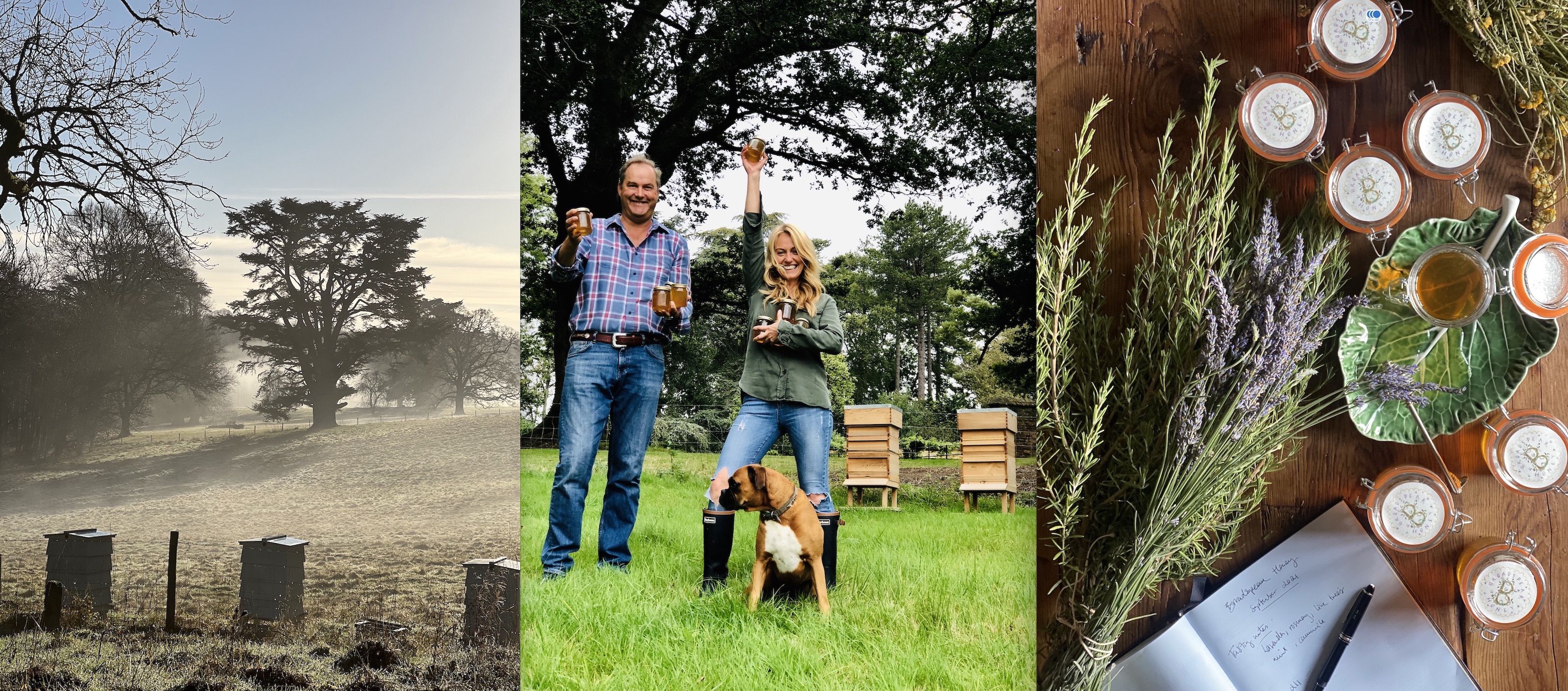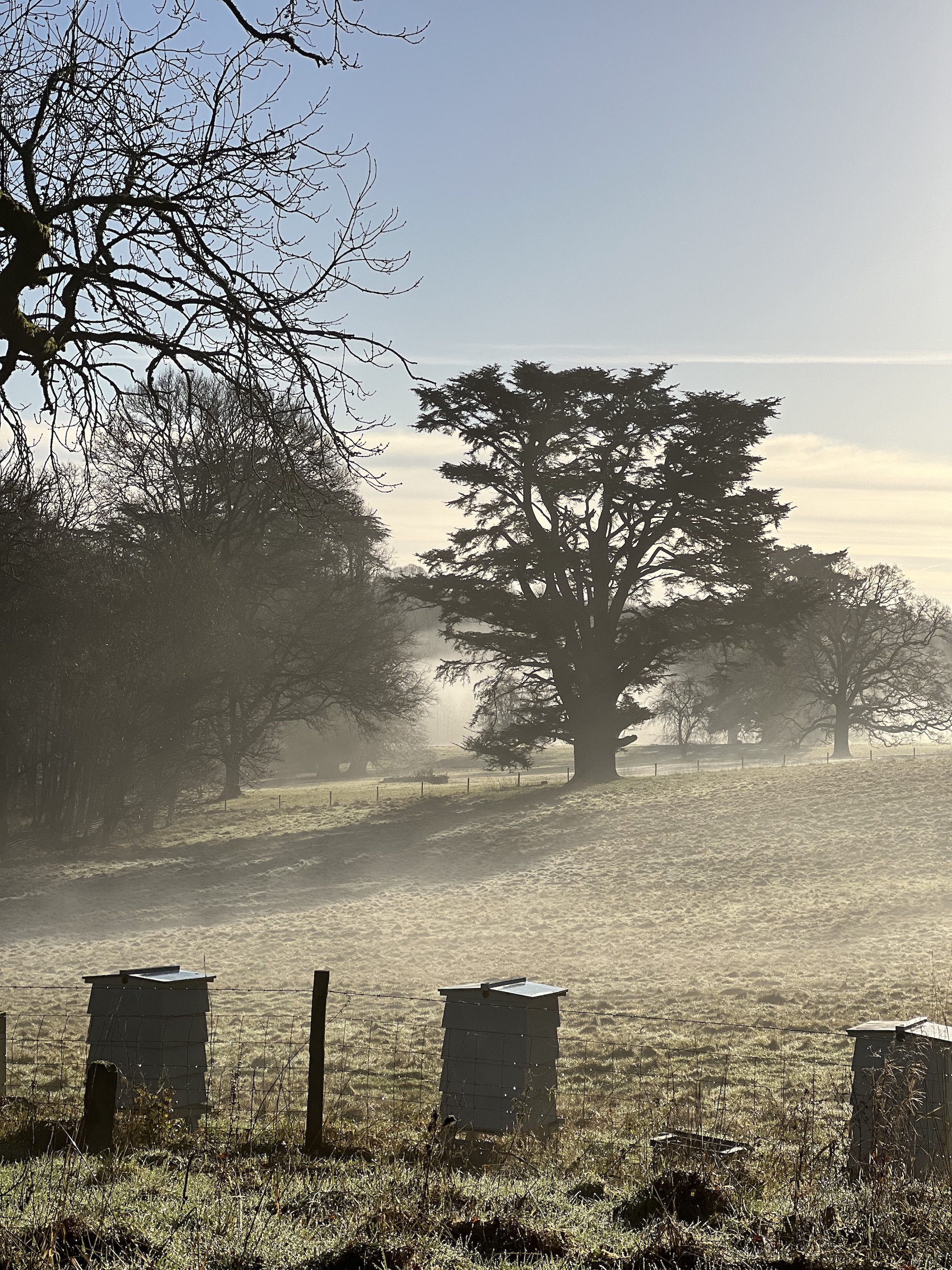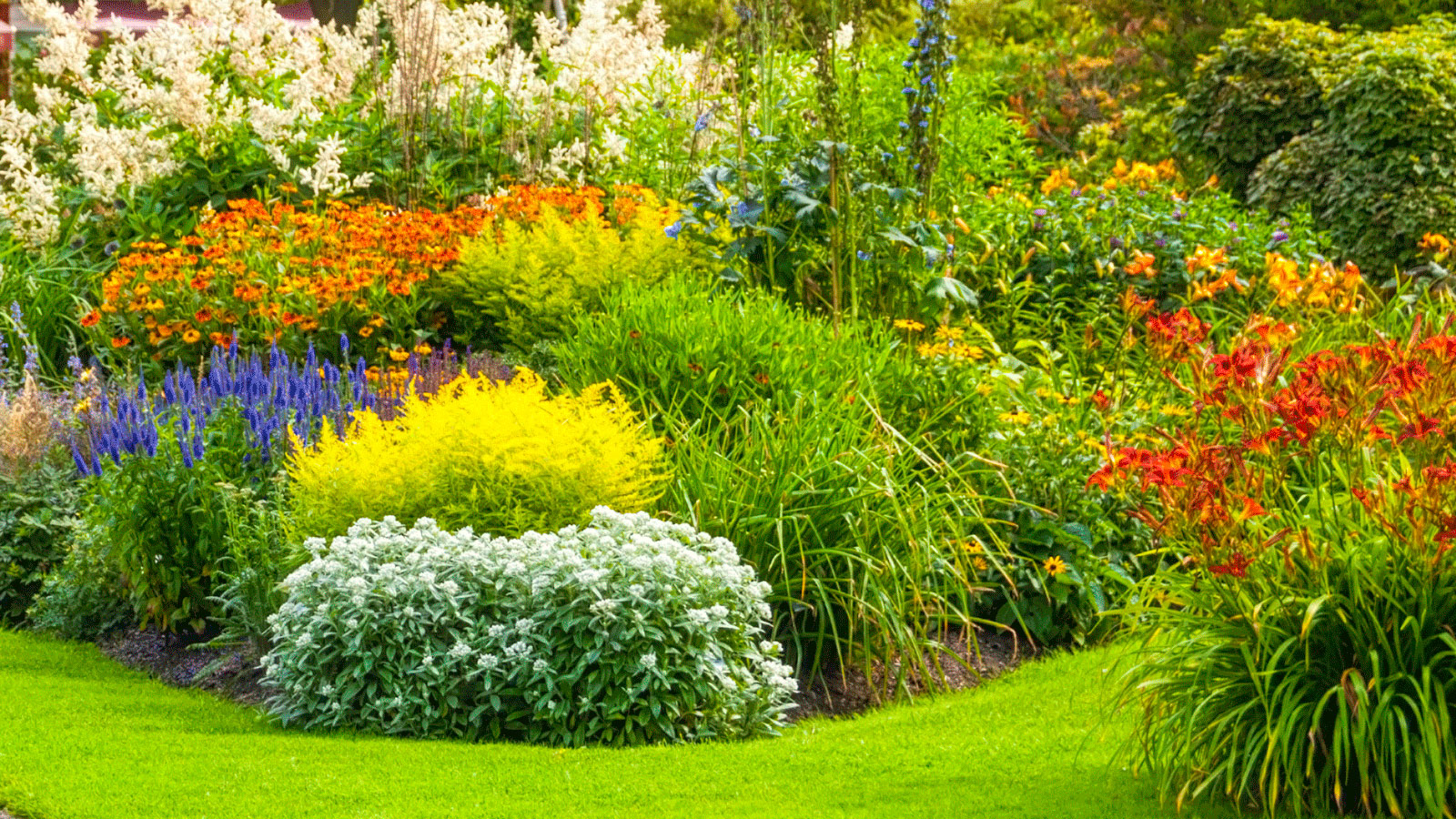Chef Clodagh McKenna reveals why she loves to keep bees
In her new column, Irish chef and food writer Clodagh McKenna explains why bees are an essential part of running her sustainable smallholding


Bees are vital pollinators that have a huge influence, not just on the health and productivity of our own gardens and smallholdings, but on the viability of our farming and natural environment, too. According to the WWF, 90% of wild plants and 75% of food crops rely on animal pollination, including the action of bees.
'Bee populations are declining worldwide, but something is happening in our backyards, gardens and balconies that can help – keeping our own hives and planting bee-friendly flowers to feed them,' says Andréa Childs, Editor of Country Homes & Interiors magazine.
You'll be in good company, too – beekeeping is Kate Middleton, the Duchess of Cambridge's new hobby!
In her latest column, Irish chef and food writer Clodagh McKenna explain why she's caught the bee buzz and what a difference it's making at her sustainable plot, Broadspear.
Why I decided to keep bees

'Getting two bee hives was the first thing that Harry and I did when we moved to Broadspear. Honey bees are some of the most beneficial and important creatures in our environment. They’re natural pollinators, which means they help local flora reproduce and flourish. Honey bees positively influence all kinds of vegetation, from colorful fields of wildflowers to your backyard garden, to the crops we rely on to feed our society. And, of course, they produce delicious honey!'
Sourcing our bees

'Once we decided that we wanted to become beekeepers we contacted a local beekeeping company called Becky’s Bees and ordered our traditional wooden hives (known as Nationals) and our beekeeping suits and gloves. When you're starting out, it's really important to get some advice on beekeeping for beginners.
'We also ordered a 'smoker' online. This is a very useful tool to puff smoke around the hives when you need to do some work there, as the bees think it’s a fire so they get busy eating honey and get distracted by this. A local beekeeper found us healthy local bee colonies that needed a home and a couple of queen bees. Each colony is made up of 2,500 bees and one queen bee.'
The arrival of the hives

'Our colonies of bees arrived at night (that is when they are most calm) and it was like a scene from a sci-fi movie. About five of us head to toe in white beekeeping suits, flashlights, slightly terrified, and utter silence moving the colonies except for the odd ouch (the sound of being stung!). A celebration drink was had when all was in place, and we woke up the next morning and raced out of bed to see our hives with bees busy working their magic buzzing in and out. '
How bees find nectar

'What I find fascinating is the bees' mental maps of their surroundings – they travel up to a five mile radius from the hives every day to find nectar, and will always find their way home. Planting flowers that attract bees will mean they don't have to travel too far from your plot to find a source.
'When they have found a great spot for nectar they return to their colony and do a spinning dance, this is their nectar signal, and bees will follow the founder back to the nectar hotspot. How cool is that? Clever, clever bees…
Harvesting honey

'The first jar of honey that the bees produced was the most exciting day of my life (well high up there anyhow!). We harvested the first honey from our two colonies in August 2019 and we got 23 pots, with delicious fresh notes of citrus from the lime trees in the park. Each harvest since then has tasted slightly different, and last summer’s honey definitely had more of a floral note, which would have been from the new flower cutting gardens and the lavender beds around the house.
'Last year we added three new hives, bringing the total number to five, and our harvest at the end of last summer was an amazing 232 pots!
Cleaning the hives

'Now the winter is over the bees are coming out of hibernation so a spring clean is needed – the hives need a good clean, removing any debris, dead bees, checking the queen is still laying eggs and that there are still enough honey stores.
'This is also the time to take stock and to see if there are ways to create an even more bee-friendly garden.'
Sign up to the Homes & Gardens newsletter
Design expertise in your inbox – from inspiring decorating ideas and beautiful celebrity homes to practical gardening advice and shopping round-ups.
Andrea has been immersed in the world of homes, interiors and lifestyle since her first job in journalism, on Ideal Home. She went from women's magazine Options to Frank. From there it was on to the launch of Red magazine, where she stayed for 10 years and became Assistant Editor. She then shifted into freelancing, and spent 14 years writing for everyone from The Telegraph to The Sunday Times, Livingetc, Stylist and Woman & Home. She was then offered the job as Editor on Country Homes & Interiors, and now combines that role with writing for sister title homesandgardens.com.
-
 What is an island bed? This clever garden design trick can add privacy and drama to any backyard
What is an island bed? This clever garden design trick can add privacy and drama to any backyardCreate a long-lasting, low-maintenance and visually appealing island bed that also serves a purpose in the garden
By Sarah Wilson
-
 Kourtney Kardashian's cloud-like chair taps into 2025's most interesting furniture trend – it has the unique ability to improve spatial flow in any room
Kourtney Kardashian's cloud-like chair taps into 2025's most interesting furniture trend – it has the unique ability to improve spatial flow in any roomAn accent chair highlights the beauty of the natural world in the socialite's living room – experts explain why it's trending and how to recreate the look
By Sophie Edwards